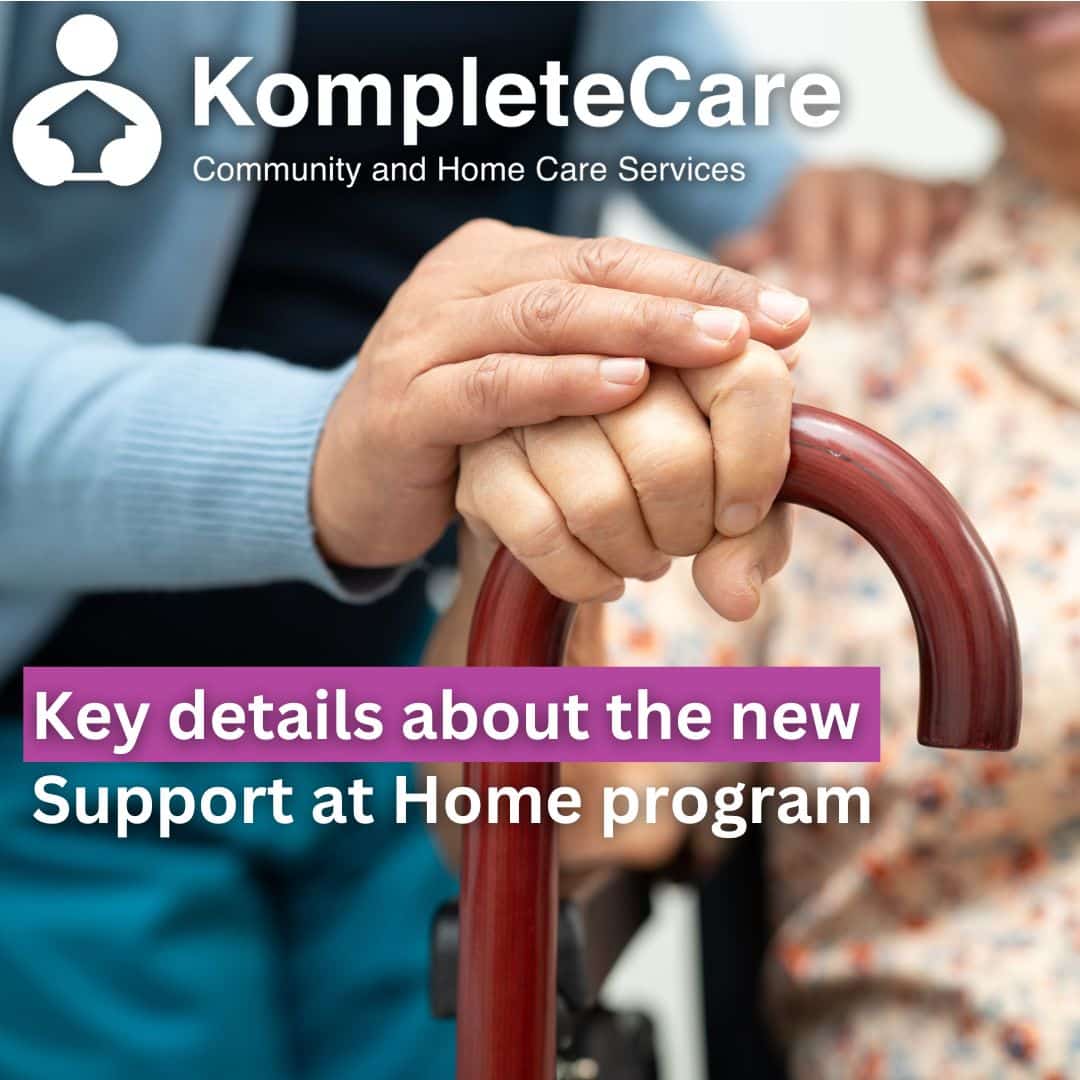Starting 1 November 2025, the Australian government will introduce the Support at Home program, which will bring significant changes to how elderly Australians access in-home care services. This new framework has been designed to improve accessibility, streamline service delivery, and provide greater transparency. With these improvements, the program aims to provide more tailored support based on individual needs, ensuring services are more aligned with specific requirements and help individuals maintain their independence at home.
Faster access to services
One of the key benefits of the new Support at Home program is the reduction in waiting times for services. Additional government funding over the next two years will help shorten the average wait time for services to a target of just three months by 2027. This will ensure recipients are able to access essential care more quickly and avoid unnecessary delays.
A new classification system for funding
The Support at Home program introduces a refined classification system, designed to better align funding with the level of care required. The new structure includes eight ongoing classifications and two short-term pathways: one for restorative care and one for end-of-life care. For individuals with greater care needs, the highest ongoing classification offers a budget of nearly $78,000 per year, exceeding the current Level 4 Home Care Package.
Clear service list
To offer greater clarity, the Support at Home program includes a defined list of services available to participants. This list covers clinical care (nursing and physiotherapy), support for independence (personal care, respite, transport, and social support), and assistance with everyday living (cleaning, meal delivery, and gardening). By establishing this service list, participants will have a clearer understanding of what services are available to them based on their specific needs.
Quarterly budgets and flexibility
Under the new program, participants will receive quarterly budgets in line with their funding classification. This provides the flexibility to allocate these funds across approved services that best suit their needs. Additionally, participants will be able to save up to $1000, or 10% of their budget (whichever is higher), to carry over into the next quarter.
Focus on independence at home
A core objective of the Support at Home program is to help elderly Australians maintain their independence. Through a dedicated scheme, participants will have access to assistive technology and home modifications without needing to use their package funds. Additionally, the new restorative care pathway will offer up to 12 weeks of intensive support, helping participants to strengthen physical function and prevent falls or injuries.
End-of-life care
For those with less than three months to live who wish to remain at home, the program provides access to a dedicated funding system for end-of-life care services. This funding, amounting to $25,000 over 12 weeks, will complement specialised palliative care, ensuring comprehensive support during this difficult time.
Participant contributions
The Support at Home program introduces a new contribution framework, which is based on income and assets. Contribution rates will vary depending on the type of services being received. Clinical services will continue to be fully funded by the government, while contributions for services related to independence and everyday living will be based on an individual’s financial situations.
For example:
- Full pensioners will contribute no amount for clinical services, 5% for independence services, and 17.5% for everyday living services.
- Self-funded retirees may contribute up to 50% for independence services, and 80% for everyday living services.
These contributions are aligned with the Age Pension means test, ensuring participants only pay an appropriate share based on their financial circumstances.
Protection for existing Home Care Package (HCP) participants
For those currently receiving a Home Care Package (HCP) or have been approved for one by 30 June 2025, the Support at Home program will ensure continuity of care. Participants will retain their current funding level, and any unspent funds will transition to the new classification system. If eligible, participants may also qualify for a higher level of funding, ensuring they continue to receive the necessary support.
How KompleteCare can assist
As the Support at Home program is implemented, KompleteCare is committed to helping clients navigate these changes with ease. Our team offer personalised support to ensure individuals understand how the new system will affect their services. We take the time to assess everyone’s unique circumstances, guiding them in accessing the appropriate services under the new framework. No matter the query, KompleteCare is here to offer ongoing support. Our goal is to ensure a smooth transition into the Support at Home program and allow clients to continue receiving the care they need, with confidence.
The introduction of the Support at Home program marks an important shift in the delivery of in-home care services. With an emphasis on faster access, tailored care, and increased transparency around service costs, this program is designed to support elderly Australians in maintaining their independence at home for as long as possible.
It is important for elderly Australians to stay informed about these upcoming changes to understand how they may impact the services they receive and their contributions. If you have any questions, our Client Services Managers are available to guide individuals through the new system and help them make the most of the support available.











